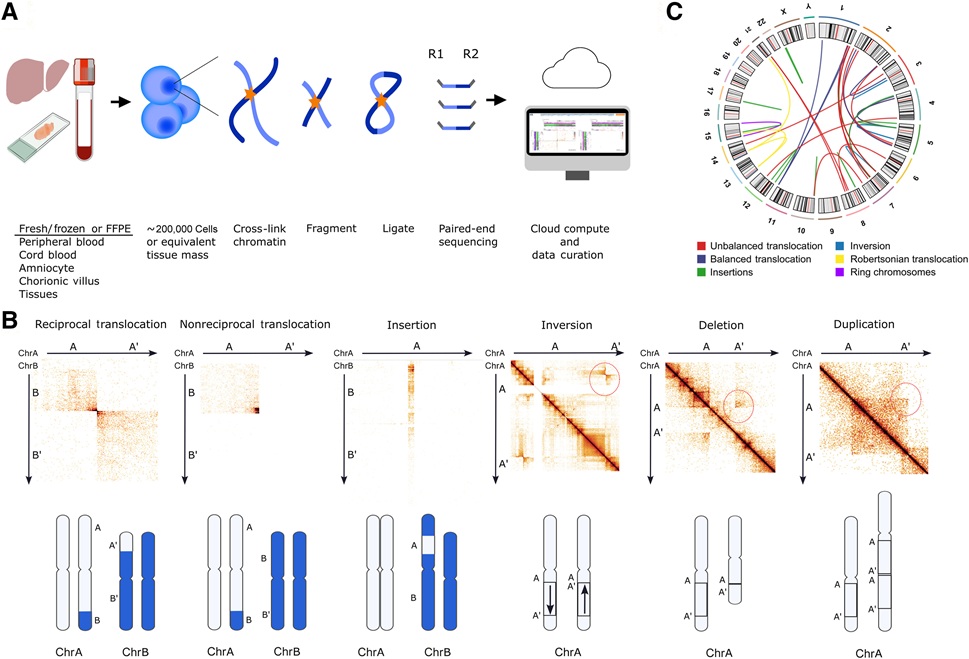Sensor Array System Detects Cancer Types
By LabMedica International staff writers
Posted on 01 Oct 2012
A rapid, sensitive way to detect microscopic levels of many different metastatic cell types in living tissue has been developed. Posted on 01 Oct 2012
A sensor array of gold nanoparticle sensors plus green fluorescent protein (GFP) that activates in response to patterns in the proteins found in cancer cells within minutes, assigning a unique signature to each cancer.

Image: Gold nanoparticles (at left) with green fluorescent protein (GFP) “smell” different cancer types in much the same way our noses identify and remember different odors. At right, the distinct protein levels in a cancer interact with the particle to generate patterns used to identify cancer type (Photo courtesy of the University of Massachusetts).
Chemists at the University of Massachusetts Amherst (MA, USA) used a preclinical non-small-cell lung cancer-metastasis model in mice to develop the system. The new work builds an earlier development of a "chemical nose" array of nanoparticles and polymers able to differentiate between normal cells and cancerous ones.
For this work, the scientists took healthy tissue and mouse tumor samples and trained the nanoparticle-GFP sensor array to recognize them and the GFP to fluoresce in the presence of metastatic tissue. Metastases are differentiated from healthy tissue in a matter of minutes, providing a rapid and very general means of detecting and identifying cancer and potentially other diseases using minimally invasive microbiopsies.
In addition to the high sensitivity, the sensor is able to differentiate between low (parental) and high (bone, adrenal, and ovary) metastases, as well as between site-specific cells such as breast, liver, lung and prostate cancers. Until now, the standard method for precisely identifying cancer cells used a biological receptor approach, a protein binding to a cancer cell wall. Its major drawback is that one must know the appropriate receptor beforehand. Array-based sensing approaches discriminate between analytes based on their overall signatures and are emerging as a potential alternative for point-of-care diagnosis.
The authors concluded that the sensor created a distinct fingerprint pattern for the normal and metastatic tumor tissues. Moreover, this array-based approach is unbiased, precluding the requirement of a priori knowledge of the disease biomarkers. Taken together, these studies demonstrate the utility of this sensor for creating fingerprints of cells and tissues in different states and present a general platform for rapid screening amenable to fine needle-aspiration samples. Overall, the authors concluded that this array-based sensing strategy presents the prospect of unbiased phenotype screening of tissue states arising from genetic variations and differentiation state. The study was published on August 26, 2012, in the journal American Chemical Society Nano (ACS Nano).
Related Links:
University of Massachusetts Amherst







 Analyzer.jpg)






